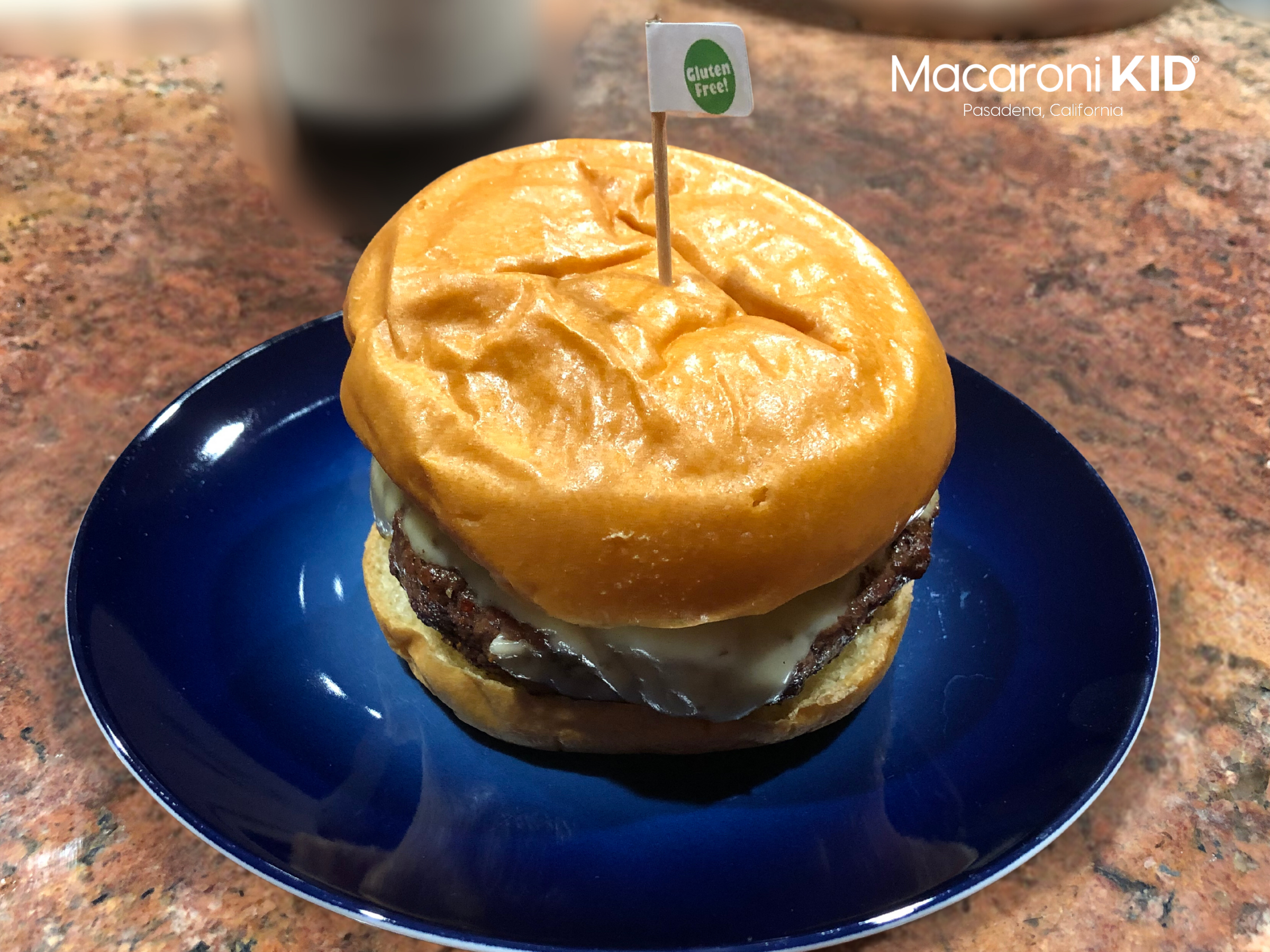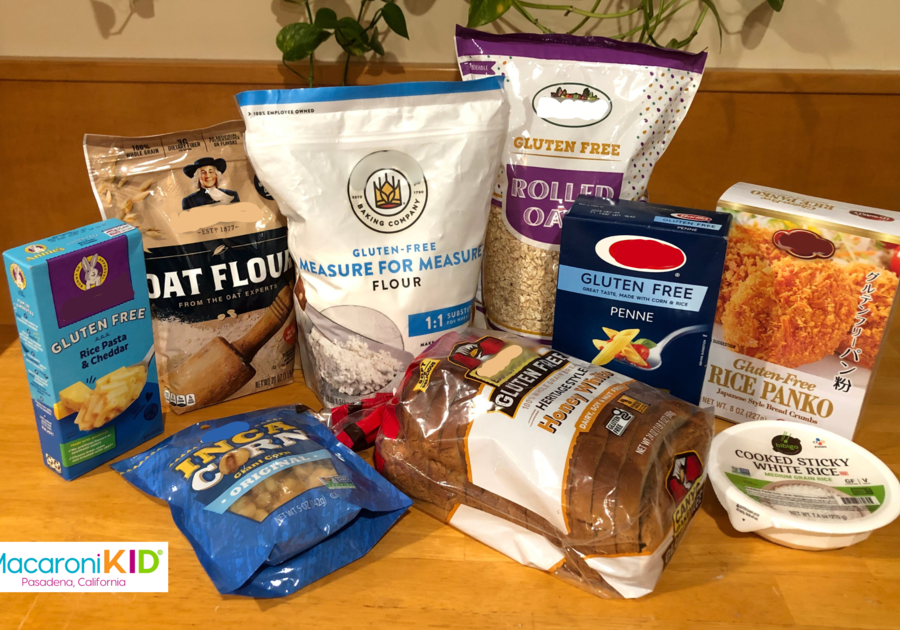| What is Gluten? Understanding Others’ with Special Dietary Needs  |  | ||
My teenage son has been gluten free for over 12 years now, and I find it remarkable how few people really understand what that means. If you’re unsure, you’ve got a lot of company. Here’s some information to help shed some light on this and how you might navigate a dietary request at your next party. Gluten is not the same as carbs. It’s also not a stand-alone product (though the baking additive Vital Wheat Gluten is). Gluten is made up of the strings of protein that form when bread, or other wheat-based baked products, are made. According to Mollie Katzen’s wonderful vegetarian cookbook, The Enchanted Broccoli Forest (Ten Speed Press, 1982), “Gluten is a group of proteins in the wheat kernel. It remains in whole wheat and in white flours alike, after the wheat is ground into flour.” Gluten is what makes soft, fluffy bakery products so spongy and pliable. For many of us, it’s what we love about bread. Unfortunately, some people find their digestive system just won’t process gluten in the same way that others can. Whether it’s truly Celiac Disease causing the distress or simply a gluten sensitivity, eating gluten can, for some, cause painful intestinal distress, vomiting, or diahrea. In my family, that meant having a toddler who threw up pretty much every day. I used to carry an extra adult sized tee-shirt in his diaper bag in case he threw up on me (which he did frequently). So how can you help friends or classmates who struggle with this issue?First, don’t make a big deal out of it, especially if the gluten-free eater is a child. Drawing attention to his or her medical issue can be embarrassing, and most kids just want to fit in with their friends. You can silently place alternative foods alongside what you’re serving, or pull the person aside to let them know there is another option for them to eat. Most people who need to remain gluten free don’t want special treatment, they just want to feel assured that there is something they can eat at the party or event they are attending. You don’t even need to purchase specially designated products in many cases. Hamburgers are still delicious without a bun, as long as there’s a fork available to eat it with. There are tons of foods that are naturally gluten free, such as rice, potatoes, and vegetables. In the US, ingredient labels must be clearly marked if they contain wheat, so it’s easy to check. If a product contains wheat, it contains gluten. Sometimes, the planned menu doesn’t easily lend itself to gluten free alternatives. I’m looking at you, Pizza! If you are throwing a pizza party for the class, and you find out one child is gluten free, you can solve it in a couple of different ways. You could order a personal-sized GF pizza specifically for that child, and simply place it in front of him when kids sit down to eat (though advance notice to his parent is helpful). Or you can do what my son prefers and serve salad or chicken wings on the side. Most often, other partygoers also enjoy salad or wings, so it doesn’t even seem like you’re doing anything different than you would have anyway, but it allows the gluten free individual to enjoy the party without drawing undue attention to himself. Some gluten sensitive people are more sensitive than others, so it’s important to note that while some are fine without worrying about cross-contamination, others could become sick if even a couple molecules of gluten gets mixed into their food. It’s ok to ask if they are very sensitive and are concerned with cross-contamination from other foods present. My son has learned a few tricks to avoid becoming “accidentally glutened.” One is to read ingredient labels regularly. After doing so frequently, you become familiar with which brands of and products are safe. We also note which products to be especially careful of. Oatmeal, for example, has been known to be processed on the same equipment where wheat is processed. So, if it’s not specifically marked as “Gluten Free,” your delicious bowl of oats could contain more sneaky gluten than your stomach is prepared to handle. Dextrose is another sneaky item to avoid. Dextrose is a thickener that may or may not be made from wheat. Soy sauce is often made from wheat, too (yet contains no soy). We avoid any products containing either of those items. To help guide you through the maze of products, here is a quick guide: | |||
Below are several foods that are often gluten-less. This isn’t a guarantee, but for the most part if you need to offer some alternatives, usually the following items are safe.
| These are some foods that should never be trusted to be gluten-free unless clearly marked as such:
| ||



